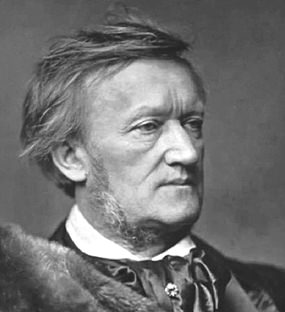A few days ago I was browsing through ‘The Newspaper You Can Trust’ and noticed that the Thai Meteorological Department has predicted – with rather optimistic precision – the start of the rainy season. Its Deputy Chief, the appropriately-named Khun Songkran announced that the rainy season should start on 15th May. Note the use of the word “should”. This sounds slightly mandatory and somehow implies that the rainy season really ought to start on that date, whether it wants to or not. Anyway, if the rain arrives as the Meteorological Department confidently expects, we’ll have some much-needed relief from the egg-boiling temperatures that have come this way over the last few weeks.

Incidentally, you may recall that Singin’ in the Rain (with its irritating missing “g”) was an American musical comedy movie made in 1952 and offered an insouciant glimpse of Hollywood in the late 1920s. Although it was only a modest success when first released, it’s now regarded as one of the best – of not the best – movie musicals ever made.
Many classical composers have played around with the idea of rain or portraying a rainstorm using the wealth of orchestral colours and textures at their disposal. In Beethoven’s Pastoral Symphony the peaceful, bucolic mood gives way in the fourth movement to a fierce storm, complete with howling wind and thunder. At the beginning of Wagner’s opera Die Walküre, the hero Siegmund emerges from a raging storm and in Britten’s opera Peter Grimes there’s an impressive storm sequence with torrential rain and howling wind. There’s a rainstorm in Rossini’s overture to William Tell and another one in the symphonic poem by Liszt, Les Preludes. Another Wagner opera, The Flying Dutchman made much use of orchestral sounds to create the effect of a storm. It was not incidentally, an opera about a Dutch trapeze artist but about a ship.
Richard Wagner (1813-1883): Overture, The Flying Dutchman. National Children’s Orchestra of Great Britain (Main Orchestra) cond. Howard Williams (Duration: 09:54 Video: 360p)
In his 1870 autobiography Mein Leben (“My Life”) Richard Wagner claimed that he had been inspired to write the opera following a stormy sea crossing he made from Riga to Britain in July and August 1839. The Flying Dutchman was actually a ghost ship, destined to roam the stormy oceans forever.
It had been a particularly bad year in Wagner’s career and he was heavily in debt. He was forced to leave mainland Europe illegally with his long-suffering wife Minna and Robber, their enormous and equally long-suffering Newfoundland dog. What should have been a mildly pleasant North Sea cruise of a few days, turned out to be a nightmare voyage lasting three and a half weeks. They encountered mountainous seas and ferocious storms, one of which almost wrecked the ship. You can still sense the terror of the storm in the opening bars of the overture.
This is a spirited performance by one of Great Britain’s youngest orchestras, splendidly conducted by Howard Williams who has performed over seventy different operas, mostly with the English National Opera.
Richard Strauss (1864-1949): An Alpine Symphony. Vienna Philharmonic Orchestra cond. Bernard Haitink (Duration: 56:37; Video: 1080p HD)
This powerful and atmospheric work dates from 1915 and it was the last symphonic poem that Strauss composed. By this time, Strauss was at the height of his fame especially as an opera composer, and although he called the work a “symphony” he didn’t follow the conventional four-movement symphonic structure. Instead, it consists of twenty-two short continuous sections depicting the experiences of eleven hours on an Alpine mountain, from daybreak just before dawn to the following nightfall. It was inspired by the composer’s participation in a genuine mountaineering expedition in his youth, during which his luckless party managed to lose its way on the way up the mountain and got thoroughly drenched by a thunderstorm on the way down. Strauss had a passion for nature and in 1908 he built a house in the Bavarian ski resort of Garmisch-Partenkirchen which had impressive views of the Alps.
The score of this work requires an enormous orchestra including an organ, two sets of timpani, extensive percussion and a wind machine. And in case you’re wondering, the wind machine doesn’t actually produce wind, merely the sound of it.
The premiere was given in Berlin with Strauss himself conducting and although he was evidently pleased with the performance, some critics were not impressed. Nevertheless, the work has stood the test of time and it shows Richard Strauss as a superb orchestrator and composer. It’s one of the finest examples of brilliantly coloured, almost cinematic musical tone-painting and includes one of the most thrilling storm sequences ever written.
 |
 |
 |





